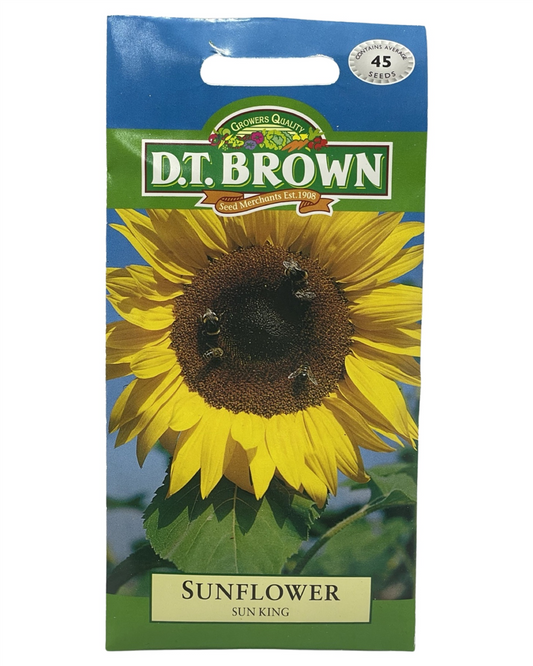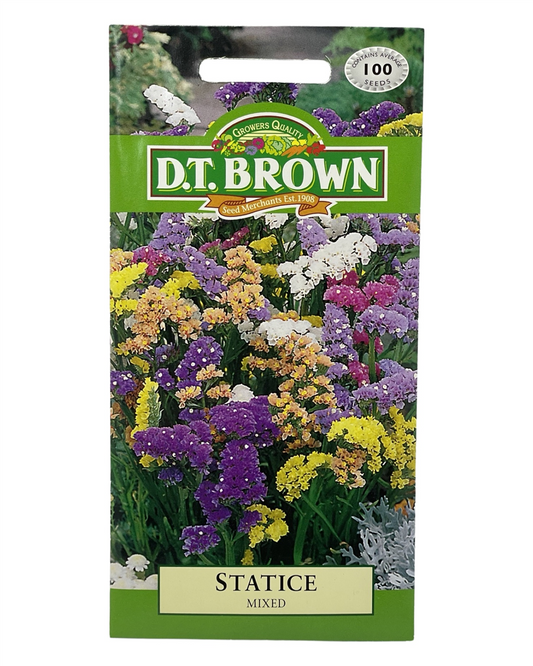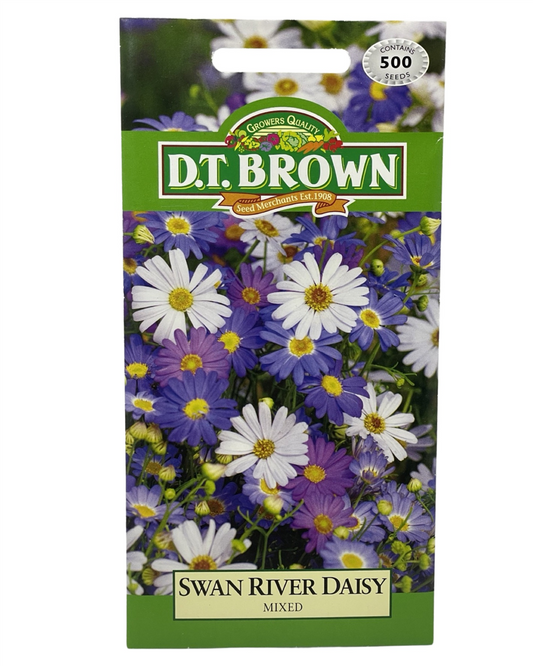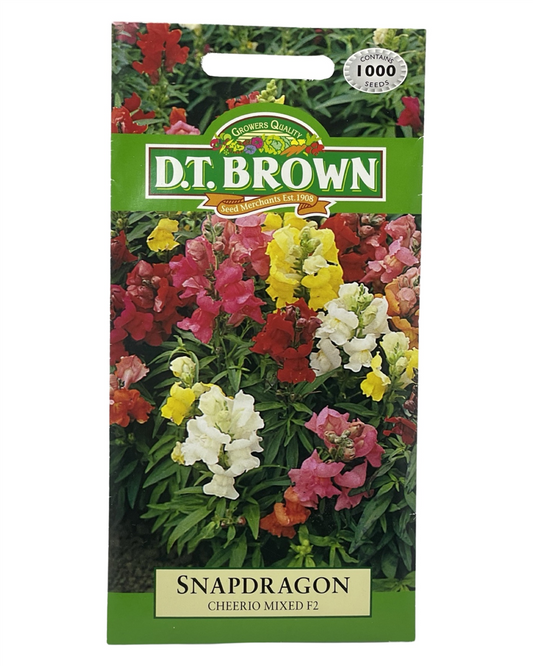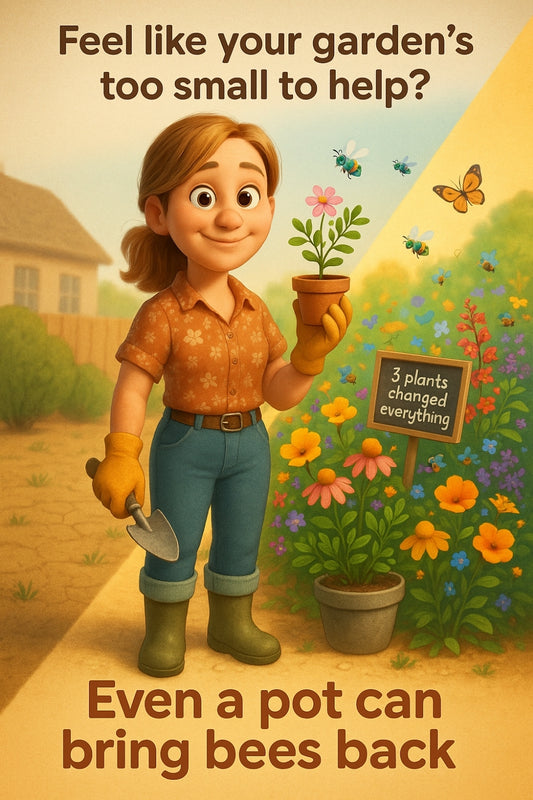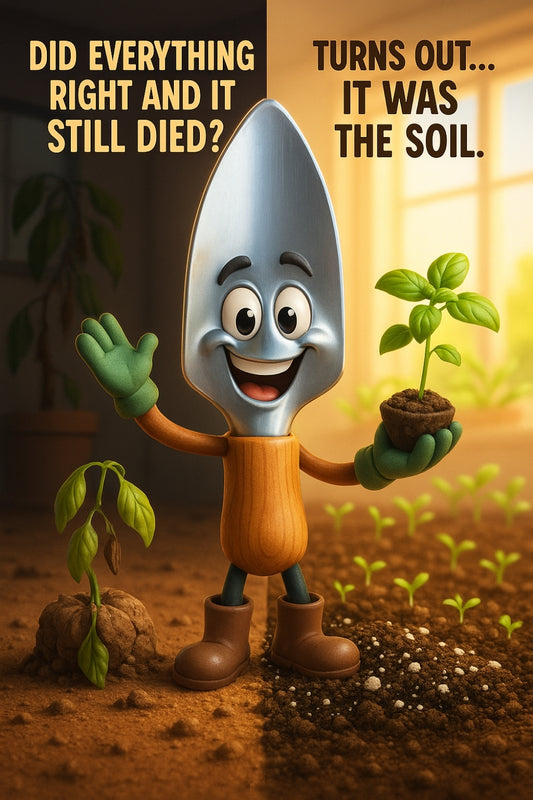The ultimate guide to growing baby vegetables for quick harvests
Share
How to Grow Baby Vegetables for Quick Harvests
Picture this: You stroll out to your backyard, pluck a perfect mini carrot from the soil, give it a quick rinse under the hose, and crunch into fresh, homegrown sweetness. No waiting months for crops to mature—just quick, easy rewards from your own garden. Sound good? Let’s get started.
Why Grow Baby Vegetables?
Baby vegetables aren’t just tiny versions of their full-sized counterparts. They often have a sweeter, more delicate flavour, require less space, and grow faster. That means less waiting and more harvesting. Perfect if you’re short on patience or garden space.
They also make a great choice for beginner gardeners. Less time in the ground means fewer chances for pests and plant problems to take hold. Plus, they’re downright adorable!
The Best Baby Vegetables to Grow
Some vegetables naturally grow small, while others are picked early for that tender, sweet bite. Here are some of the best options for a speedy harvest:
- Baby Carrots – Ready in 6-8 weeks. Choose varieties like ‘Little Finger’ or ‘Thumbelina’ for true miniature carrots.
- Radishes – A garden favourite ready in as little as 4 weeks. Perfect for impatient gardeners.
- Cherry Tomatoes – Pick them at their peak for bursts of juicy flavour in just 10-12 weeks.
- Baby Beetroot – Harvest early for tender, sweet bulbs and use the leafy tops in salads.
- Mini Lettuce – Growing varieties like ‘Little Gem’ means fresh greens in under 6 weeks.
- Snow Peas – Quick to sprout and great for munching straight from the vine.
- Spring Onions – Always handy in the kitchen and simple to grow from seed.
How to Get Started
Now that you know what to plant, here’s how to do it right:
1. Choose the Right Spot
Most baby vegetables love a sunny position with well-draining soil. A raised garden bed or deep containers work well if you’re short on space.
2. Start with Good Soil
Healthy soil equals happy plants. Mix in compost or organic matter before planting to give your veggies the best start.
3. Sow Seeds Directly
Because these veggies grow fast, it’s best to plant seeds straight into the garden rather than transplanting seedlings.
4. Water Consistently
Keep the soil moist but not soggy. Baby vegetables have shallow roots, so they dry out quickly.
5. Harvest at the Right Time
Most baby vegetables are ready when they reach about a third of their full size. Pick them young for the best flavour.
Tips for a Continuous Harvest
- Sow small batches of seeds every couple of weeks to keep fresh produce coming.
- Use mulch to retain moisture and keep weeds down.
- Feed your plants lightly with a seaweed-based liquid fertiliser every few weeks.
Final Thoughts
With a little planning and care, growing baby vegetables can be a fun and rewarding way to enjoy fresh food from your own backyard. It’s a great way to get started with gardening and see fast results. So grab some seeds, dig in, and get growing!
Happy gardening!
Candeece
 Stay Connected
Stay Connected
Join our gardening community on Facebook the Urban Gardener's Notebook
And follow our Store Facebook Page: Strathalbyn H Hardware on Facebook

